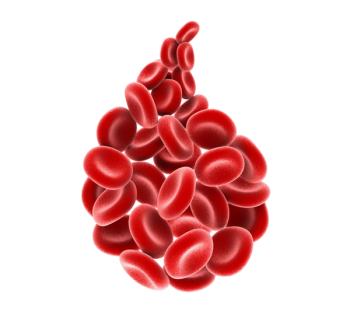
Oncology NEWS International
- Oncology NEWS International Vol 8 No 4
- Volume 8
- Issue 4
Toxicology, Epidemiology Join to Explore Cancer Hazards
ANAHEIM, Calif-Although toxicology and epidemiology have both contributed importantly to our understanding of cancer hazards, researchers have now “gone as far as we can go” using each discipline separately, Christopher Schonwalder, PhD, said at a symposium on mixed environmental hazards and cancer at the annual meeting of the American Association for the Advancement of Science (AAAS).
ANAHEIM, CalifAlthough toxicology and epidemiology have both contributed importantly to our understanding of cancer hazards, researchers have now gone as far as we can go using each discipline separately, Christopher Schonwalder, PhD, said at a symposium on mixed environmental hazards and cancer at the annual meeting of the American Association for the Advancement of Science (AAAS).
Dr. Schonwalder, director of the Office of International Programs at the National Institute of Environmental Health Sciences Office of Hazard Assessment, Research Triangle Park, North Carolina, said that each of these disciplines has been useful, but that further progress now demands that researchers bring them together.
Billions Spent on Compliance
The nation now spends $150 to $400 billion each year on compliance with environmental laws, Dr. Schonwalder said, but we know were not getting it right. Current policies overcontrol some hazards, accruing unnecessary costs, but undercontrol others, permitting needless disease.
Congress expects science to determine what is safe, he said, and the law requires action based on scientific findings. Existing scientific knowledge, however, does not allow a more precise or accurate application of environmental controls.
Safe is subjective, he said, and important public policy decisions now must be made on the basis of limited information. In the absence of better knowledge, he said, policy makers are forced to use defaults or to apply the precautionary principle, which can result in tremendous overcontrol of certain factors, while some important hazards are undoubtedly currently undercontrolled.
Better Information Required
With one-third of cancers now attributed to known environmental factors, one-third considered environmentally related, and one-third attributed to genetics or unknown factors, sound public health policy will require better information, Dr. Schonwalder said. Both data and understanding are needed to reach the right balance, and that will require a more comprehensive approach to the study of hazards than has been used in the past, he said.
The public health approach to hazards emphasizes prevention in populations and depends on measures of effectiveness, which are difficult to devise for cancer, he said. Public health approaches to existing problems seek to identify the greatest risks and to discern problems and solutions in context.
Potential problems, on the other hand, such as chemicals newly introduced into the environment, require a bottom-up approach to hazard analysis, beginning with toxicology, proceeding to an understanding of the cause and effect of disease processes, and culminating in a determination of whether the new exposure will lead to health problems in the future.
This approach, he noted, allows better predictions. Twenty years ago, toxicologists knew very little about the mechanisms that turn exposure into disease. But, more recently, considerable progress has been made in understanding a number of specific hazards.
Role of Epidemiology
Epidemiology provides different but important elements of the hazard equation, Dr. Schonwalder said. An observational science, it identifies risk factors by studying the occurrence of diseases in populations, as opposed to toxicology, a lab science that measures dose-response interactions within individuals.
Although useful in isolating potential hazards, epidemiology is not sufficient to understand the hazard-disease relationship, he said, because it often provides relatively weak associations and conflicting results, while being sensitive to large confounders. Exposure assessment, which is often technically difficult or impossible to do accurately, forms a very weak link in many epidemiologic studies.
The use of biomarkers in epidemiologic studies, he suggested, could solve this problem.
Articles in this issue
over 26 years ago
PDT Under Study for High-Grade Dysplasia in Barrett’s Esophagusover 26 years ago
Importance of Assessing, Treating Pain in the Cancer Patientover 26 years ago
Post Office Boosts Breast Cancer Stampover 26 years ago
RT After Mastectomy Reduces Recurrence Riskover 26 years ago
Who Smokes? A Profile of Smokers in the USover 26 years ago
Elderly May Do Well With Tamoxifen Without Surgeryover 26 years ago
Managing Respiratory Symptoms of Advanced Cancerover 26 years ago
Results of Prevention Trials in Prostate, Colon, Breast Cancerover 26 years ago
Multimodal Screening Strategy for Ovarian CancerNewsletter
Stay up to date on recent advances in the multidisciplinary approach to cancer.



















































































